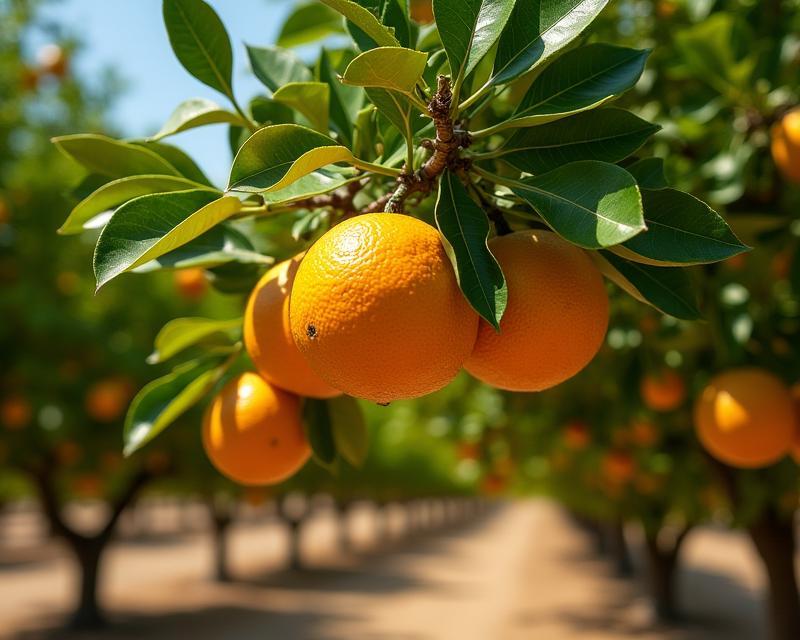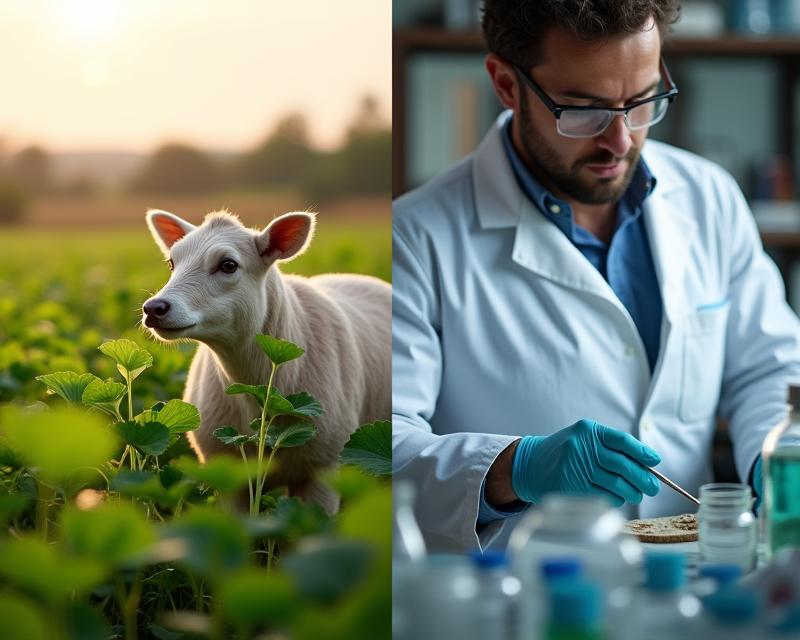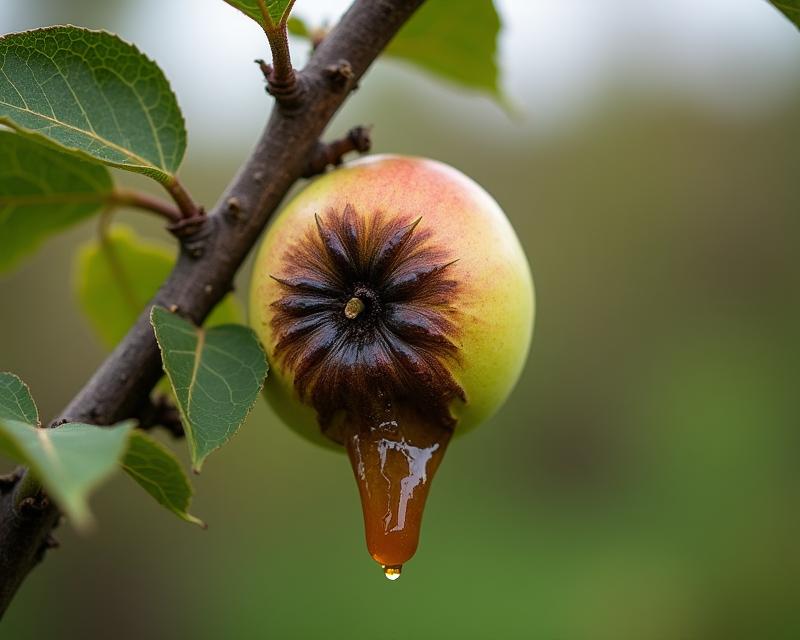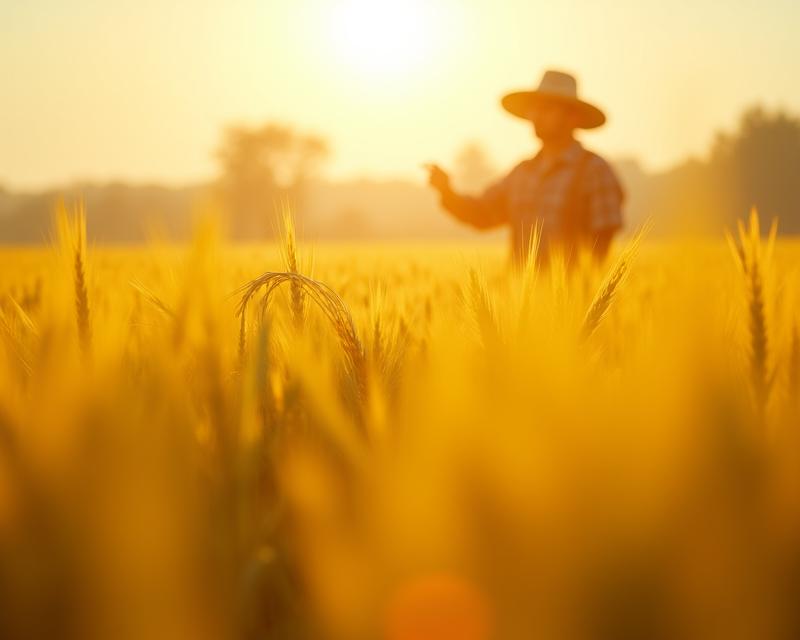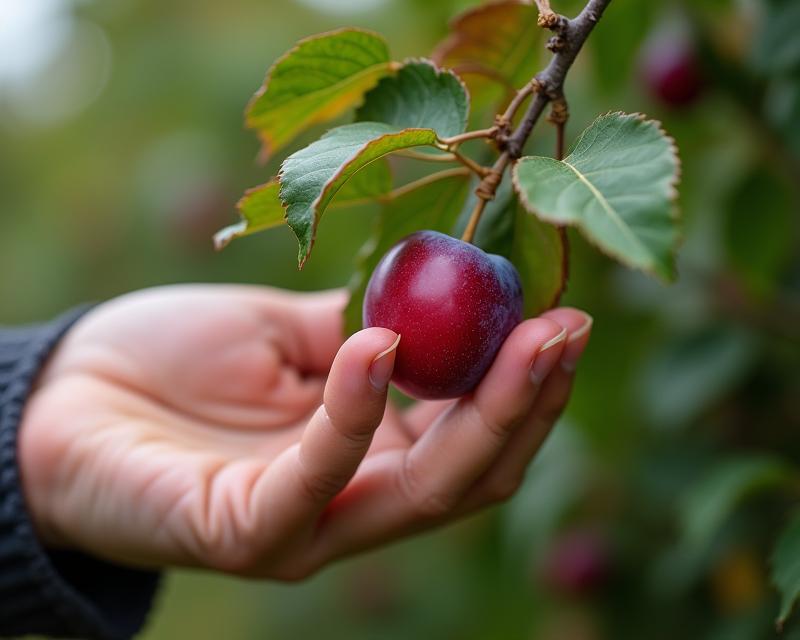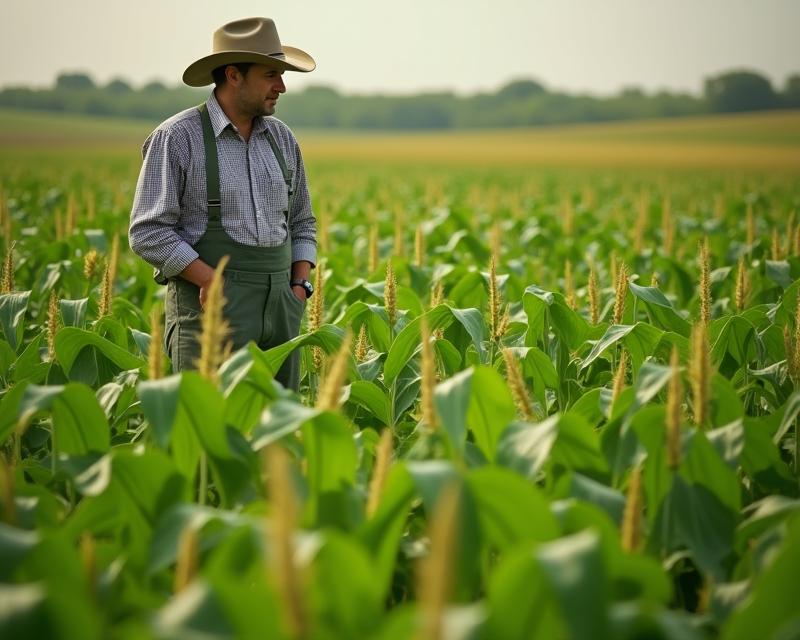Harvest Timing: Key to Crop Success
Publish in Crops el 28/06/2025 22:23
Harvest Timing: Key to Crop Success
Harvest season is a critical time for any farmer. Getting the timing right can be the difference between a bountiful yield and significant losses. Understanding when your crops are truly ready for harvest is paramount to maximizing quality, minimizing spoilage, and ensuring a profitable outcome. It's more than just looking at a calendar date; it requires careful observation and an understanding of the specific needs of each crop.
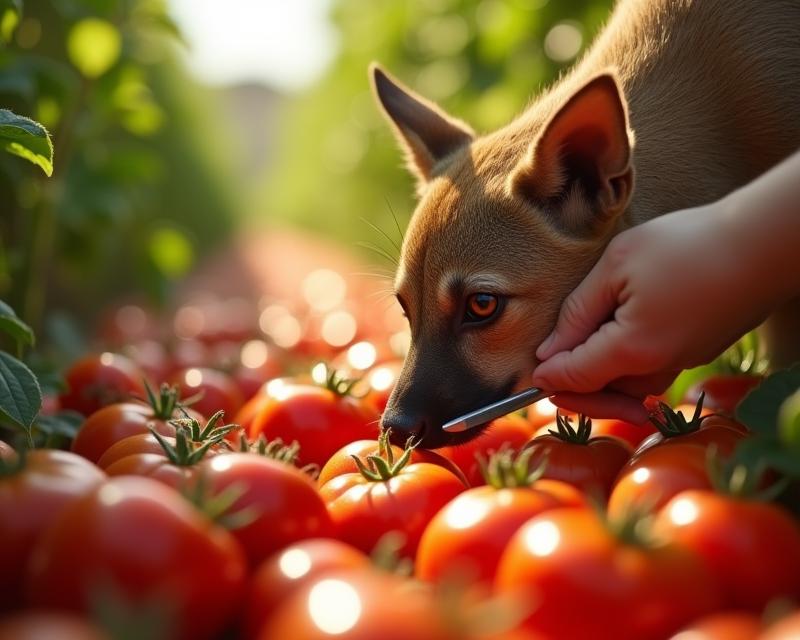
Why Timing Matters
Harvest timing directly impacts several key factors. Harvesting too early can result in immature crops with reduced yields and poor quality. They may lack the full flavor, texture, and nutritional value that consumers expect. Conversely, waiting too long can lead to over-ripening, damage from weather, and increased susceptibility to pests and diseases. Furthermore, improper harvesting techniques at the wrong time can damage the crops, reducing their market value.
Signs of Readiness
Knowing when to harvest requires careful observation of the crop's characteristics. This varies greatly depending on the plant. For example, fruits often develop a specific color, firmness, and aroma when ripe. Vegetables may show signs of yellowing leaves or a change in size. It's crucial to learn the specific indicators for each crop you grow. Many farmers use a combination of visual inspection, touch, and even specialized tools to assess ripeness. Regular scouting of the fields is essential throughout the harvest season.
Harvesting Techniques & Equipment
Once you've determined that your crops are ready, proper harvesting techniques are essential. Using the right equipment for the job is also crucial. For example, delicate fruits may require hand-picking, while larger crops like corn or wheat often need specialized combines. Gentle handling during harvest minimizes damage and preserves quality. Proper storage and transportation immediately after harvest are also vital to maintain freshness and prevent spoilage. Investing in appropriate equipment and training your workforce in proper harvesting techniques will pay dividends in the long run.
